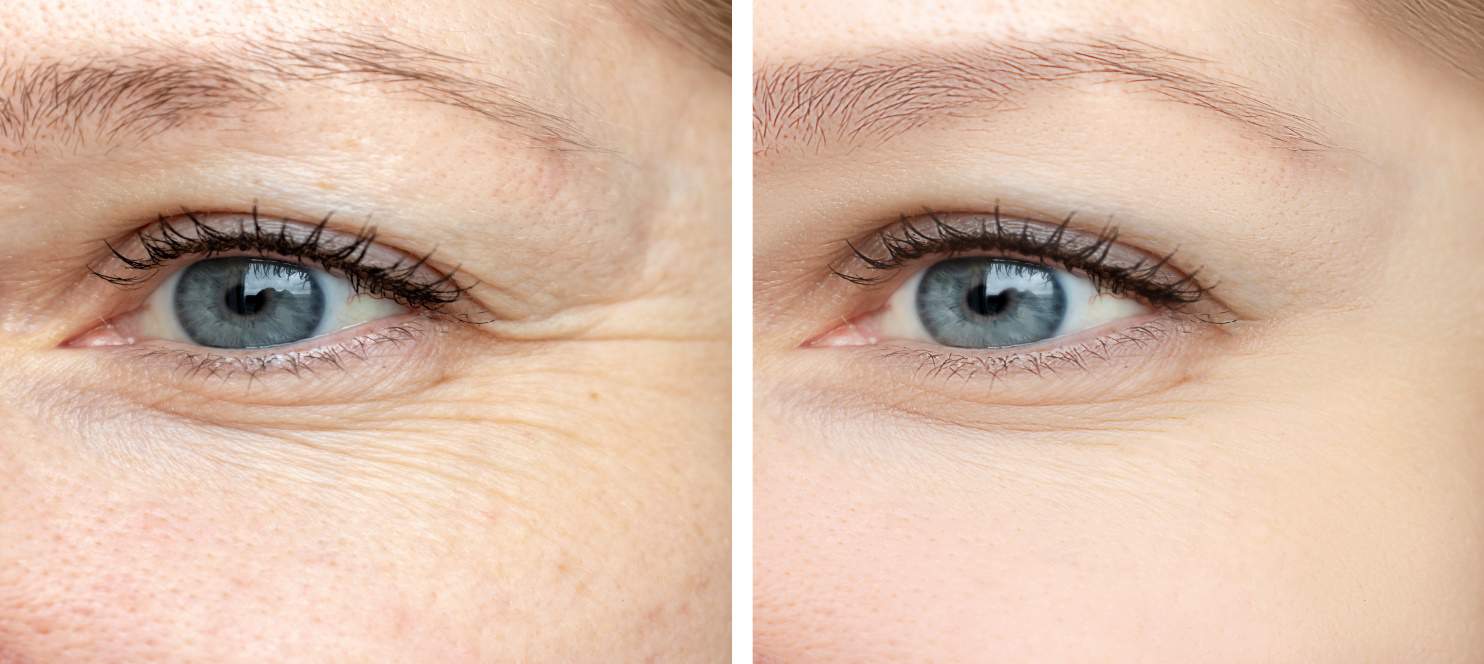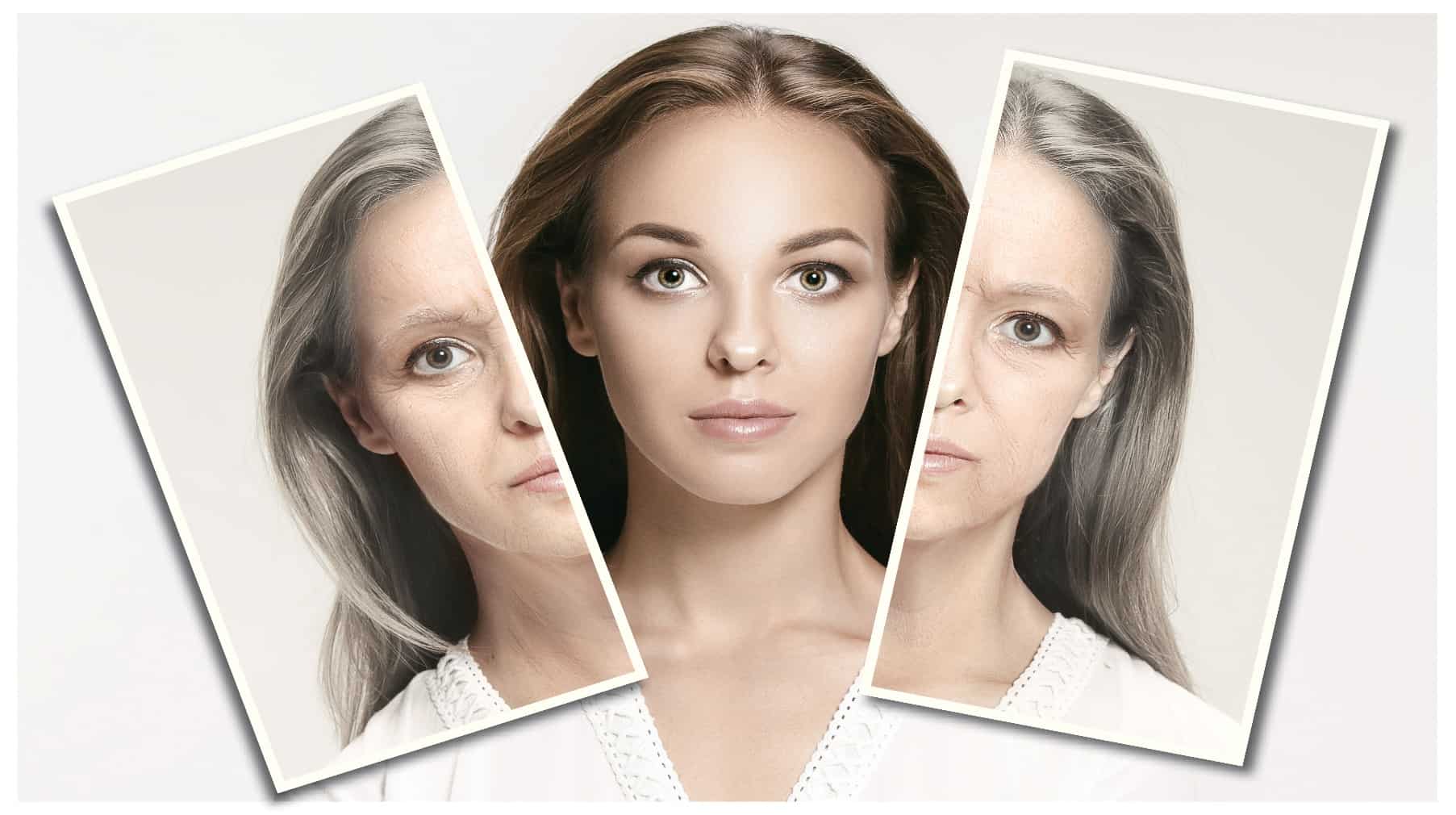Brow Lift Surgery
Brow liftA surgical operation to lift a low-positioned or overly rela..., also called a forehead liftThe surgical correction of sagging brows, typically performe..., helps to reduce forehead wrinkles and eye wrinkles (crow’s feet) by lifting and tightening the muscles and tissue above the eyebrows.
Fast Facts
- Wrinkles and creases in the forehead and saggy drooping eyebrows will often appear well before wrinkles in other areas.
- To get an idea of how you would look after a brow liftA surgical operation to lift a low-positioned or overly rela..., put your hands above your eyebrows near the outside of your eyes and raise the skin upwards.
- A brow liftA surgical operation to lift a low-positioned or overly rela... can be often performed at the same time as other facial surgery and rejuvenation procedures such as an eyelid lift (blepharoplastySurgery to the eyelids to remove excess skin, fat and or bot...).
- Having brow liftA surgical operation to lift a low-positioned or overly rela... surgery will take between 1 to 2 hours.
Nobody wants to look older than they are.

Reasons for Choosing to Have a Brow Lift
The forehead can be one of the first places to show signs of ageing. Stress combined with exposure to the harsh Australian sun and gravity are all factors that contribute to sagging skin and lost its elasticity. This results in wrinkles and lines.
The wrinkles in this area are often called frown lines because they can make you look like you’re frowning when you’re not.
Frown lines can make you look tired, sad or angry. You may also develop creases in the space between your eyebrows, which can give the same tired look.
Your looks may not reflect the way you actually feel.
A brow liftA surgical operation to lift a low-positioned or overly rela... can help to give you a more youthful look. Your expression lines can be repositioned so that they don’t sag or droop between your eyebrows.
To get an idea of how you might look after brow liftA surgical operation to lift a low-positioned or overly rela... surgery, you can put your hands above your eyebrows near the outside of your eyes and raise the skin upwards.
If you like the way this looks, you might want to consider this procedure.
More brow lifts are preformed on men and women between the ages of 40 and 65. They are also suitable for anyone who feels that their brow area has sagged.
There are several things to consider once you decide to have a brow or forehead liftThe surgical correction of sagging brows, typically performe....
The traditional method, known as a coronal brow liftA surgical operation to lift a low-positioned or overly rela..., requires a single incision, starting at one ear and ending at the other, crossing the forehead slightly behind the hairline. Muscle and tissue of the forehead is lifted, and excess skin and fat is removed. The incision is then stitched.
Alternatively, your surgeon may use a thin instrument with a camera at one end called an endoscopeA small optical video device occasionally used during surger.... The endoscopeA small optical video device occasionally used during surger... allows the surgeon to make minimal incisions whilst still being able to see clearly.
Usually, about 5 small incisions are made just behind the hairline, allowing the surgeon to insert surgical instruments to tighten and lift muscles and tissue.
This method is less invasive than the traditional method and will usually mean a faster recovery less scarring.
A brow or forehead liftThe surgical correction of sagging brows, typically performe... can often be performed along with other facial surgery or rejuvenation procedures such as an eyelid lift (blepharoplastySurgery to the eyelids to remove excess skin, fat and or bot...).
If you are considering facial surgery and the recovery time that goes with it, you may wish to consider a combination of procedures to be done at the same time.

What to Expect
A brow or forehead liftThe surgical correction of sagging brows, typically performe... takes between 1 to 2 hours, depending on the surgical method used.
The procedure normally takes place on an outpatient basis, and you can go home when the effects of the anaesthetic have worn off. Your surgeon may want you to stay in hospital overnight.
After surgery, a bandage will be wrapped around your head, which will be removed within 2 days. Depending on the type of surgery—coronal lift or endoscopy—stitches can also be removed within 7 – 14 days.
A day or two following surgery you should be able to go about most normal activities, except for bending down and exercise. It is important that you follow your surgeon’s instructions and don’t do anything strenuous.
You will experience swelling and bruising to the forehead area and possibly also the cheek and eye area for up to 10 days following surgery.
It may be several weeks to a month before you see the end results of the brow liftA surgical operation to lift a low-positioned or overly rela... procedure. You may also observe small changes as the muscles of your forehead settle during the months following surgery.
We Have Loans for Cosmetic and Plastic Surgery
We know how important it is to feel confident about your face. Brow liftA surgical operation to lift a low-positioned or overly rela... surgery have helped many people before you. Take the step forward to having the perfect set of brows. It all starts with an online application.
Before Your Surgery
Listed below are some pre surgery recommendations.
- You should follow your surgeon’s instructions and not your friends. Your surgeon knows what is required to get you the best outcome. Your surgeon knows what can be done before your surgery to significantly improve your recovery.
- Be honest with your surgeon about any previous surgery you may have had, any current medications you may taking.
- Disclose any illnesses you may suffer from and include any chronic conditions such as diabetes.
- If you smoke, that includes marijuana quit at least 2 weeks prior to your surgery.
- Check with your surgeon about taking aspirin, fish oil or any other anti-inflammatory medications before your surgery.
- Use your time prior to your surgery to shop for things you may need after surgery, tv dinners, heat and eat meals and the pain killers that your surgeon may have prescribed and will give you in your final consultation prior to your surgery.
- Your surgeon may tell you to buy special dressings and gauze, scarThe result of the body’s natural healing process to replac... reduction creams and Vaseline to help keep the stitches moist.
- When you have surgery performed on your face or neck, you may need extra pillows to elevate your head while you sleep.
- When you have breast or some other body surgery, you often need to wear a compression garment or bandages for a week or more following surgery to help reduce your swelling down. Your surgeon may give you the garment you need or tell you where you can buy it already made. The garment must fit snuggly even tightly but not to the extent that it is uncomfortable.
- When you arrive at the hospital for your surgery, you should wear comfortable, loose-fitting clothing that is easy to get in and out of.
- Make sure that you have someone drive you to the hospital (or have arranged transport) and to pick you up when you are ready to go home.
- Depending on the surgery you may need someone to help you after the surgery.
- Rest prior to your surgery.
- Ensure you refrain from excess alcohol or recreational drugs for at least a week prior to surgery.

Possible risks and complications
- Ensure you take the pain medication that your surgeon has prescribed. Any unnecessary pain or discomfort will not help you to heal. Your surgeon may ask you to not take any anti-inflammatory medications like aspirin, fish oil, Nurofen or other medication for the same reason you couldn’t take it before surgery – it can lead to bleeding.
- Your surgeon may instruct you to ice the wound area. Icing helps to reduce inflammation and swelling and can be an important part of your recovery. Bags of frozen vegetable make excellent ice packs.
- If you’ve had surgery to your face or neck, you may need to keep your head elevated for up to 2 weeks after surgery.
- You should keep all incisions and dressings dry. Wash in the basin or if you use the shower make sure the area is well protected and waterproof.
- If you need to change your dressings or clean them, you should wipe them with salineSalt water solution. or whatever your surgeon recommends.
- Do not remove your bandages until advised by the surgeon. Your will do this at the appropriate time.
- Apply creams and ointments as advised by your surgeon to help reduce bruising.
- Make sure that you have contact details for any follow up support in case you have any questions, are feeling sick and/or nauseous or you feel an unusual amount of pain.
- You should have a positive attitude and have confidence in your surgeon and that the outcome will be what you expected.
- Check your self regularly and make an appointment to see your surgeon if you notice any bleeding from the incision, swelling, tightness or tingling.
- Your surgeon will schedule follow up appointments ensure that you are healing correctly.
As with any surgery there are risks involved in having a brow or forehead liftThe surgical correction of sagging brows, typically performe....
You should be aware of all risks before you choose to have the procedure.
Being conservative is a good option when surgically changing your face.
One of the best ways to reduce your risk is to do your research and find a fully qualified surgeon that has had formal training in brow liftA surgical operation to lift a low-positioned or overly rela... surgery who has performs this procedure regularly.
There are some complications that may occur after a brow liftA surgical operation to lift a low-positioned or overly rela....
You could have permanent hair loss around the scarThe result of the body’s natural healing process to replac... if it is on your scalp. This may be able to be fixed with hair transplant surgery.
There are some people who are unable to move their eyebrows or forehead following surgery.
You may need corrective surgery if this happens.
You should discuss the benefits and risks before surgery.
A Guide to the Costs Involved
Your brow liftA surgical operation to lift a low-positioned or overly rela... cost will vary depending on the extent of the changes needed, the surgeon you choose, and the surgical method used. Your potential costs are best estimated after consulting a surgeon.
A brow or forehead liftThe surgical correction of sagging brows, typically performe... may cost from $5000 and $7500 (AUD). This may vary from state to state and depend on the surgeon’s expertise and popularity. This includes the surgeon’s and any assistant surgeon’s fees, fees for the anaesthetist and the hospital costs.
Not all private health insurers help pay for the hospital bed and theatre fees.
The costs may be higher if you are having combined procedures.

